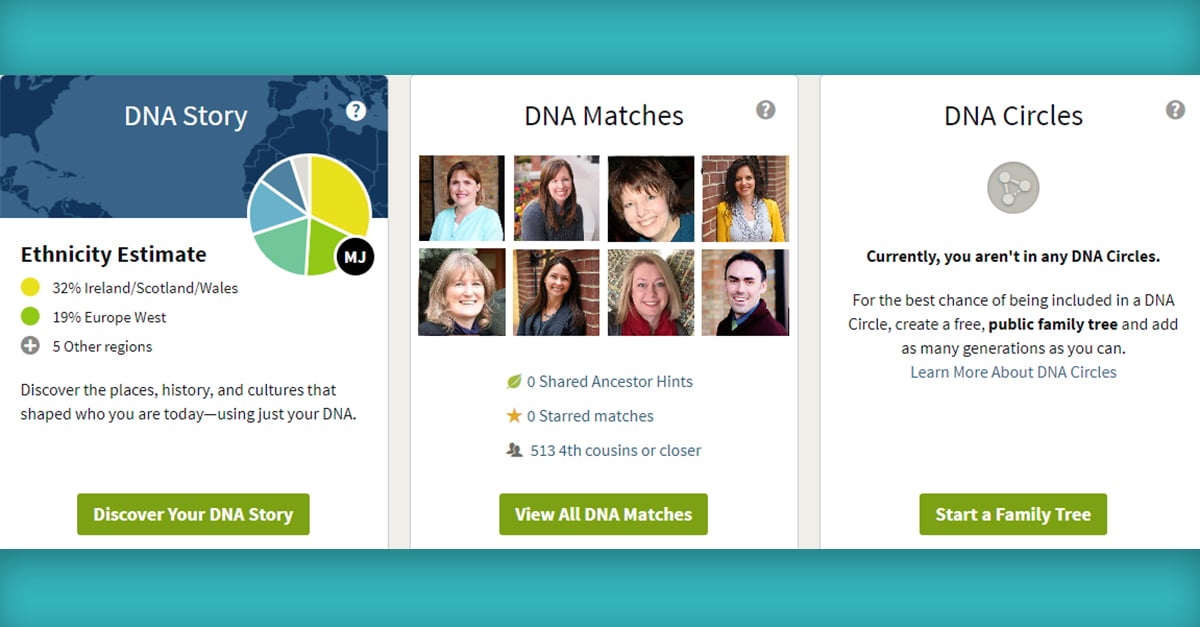


Another term for DNA matches is cousin matches, and you will see why throughout this article. In fact, it has become a large part of genetic genealogy and family history. Millions of people around the world are motivated to take a DNA test by the prospect of discovering unknown relatives from their past. DNA cousin matches and family history discoveryįinding close family members and ancestors is often the most exciting part of DNA testing. Nevertheless, the matching process is highly effective and reliable at finding how much DNA you share with a person and if you are a relative or not. To save time and money, companies analyze only the unordered pairs of nucleotides at only small portions of the entire genome. If you share an ancestor with another person, chances are you inherited portions of the same DNA.īut remember that we inherit millions of base pairs, and trying to find matches in all of them is a lot of work and tends to be expensive. A person’s DNA is made up of the genetic material of their ancestors. All of us inherited DNA from our parents, who inherited from their parents, and so on. The concept is simple, but the process is certainly not. Genetic matching helps customers find relatives. The more DNA you share, the greater the chances of you being related. This information is used to establish how close a match they are. Once an individual sharing your DNA is found, the genetic testing company will determine how much genetic information is shared. The results will then reveal if they are related or not. More thorough testing is required to determine if matching DNA between two individuals was inherited from the same relative. This, however, does not mean that you and this individual are related. Note how the bolded portion of both strands is actually identical. For example, let’s say that we find another individual that has the following genetic composition: The next step is to try to find people who have matching DNA portions. The phasing process determines what portions you inherited from your mother and your father: Let’s say a section of your raw data is as follows:Ī/C A/T C/G G/C A/A G/G A/A C/A T/A T/T C/C A/C A/T This process uses raw DNA data to distinguish between the two pieces of a person’s genome inherited from each parent. The first step for DNA matching is phasing. But your genetic information does not tell us what portions you inherited from each. How does DNA match work?ĭNA is inherited by getting half of your genetic information from your mother and the other half from your father. We must factor in other information to find relatives in a process that will take time and may sometimes lead to dead ends.īut let us first discuss what a DNA match is and how it works. Not related at all? So, does this mean that you can share DNA and not be related? Shortly, yes. Depending on several factors that we will be discussing here, they can match DNA and establish if you are siblings, first cousins, distant cousins, or not related at all.

To go further, they compare your DNA sample with that of every person in their database and estimate how closely you are related. DNA companies use member matching to identify other members from their database that are related to you. Simply put, a DNA match is an individual that shares some portions of their genetic composition with you. Check the length of shared DNA segments.Finding DNA match ancestors through lineage.DNA cousin matches and family history discovery.


 0 kommentar(er)
0 kommentar(er)
